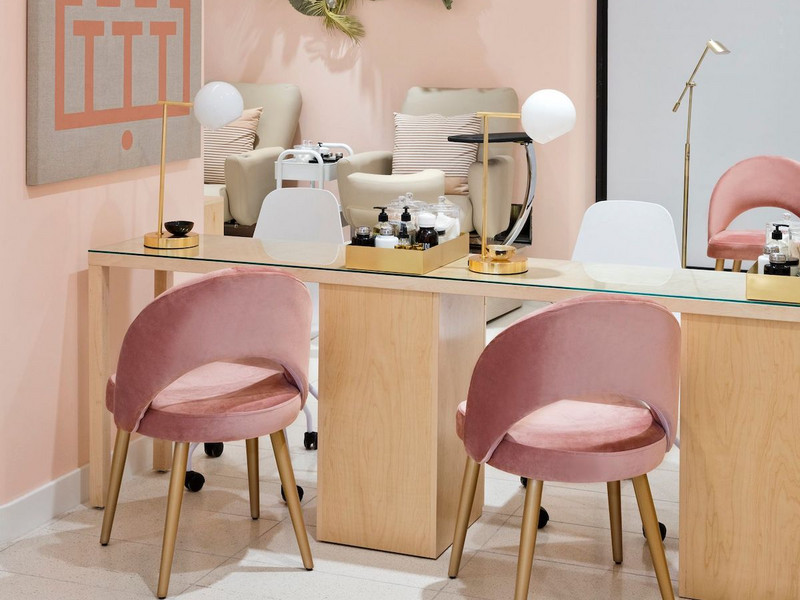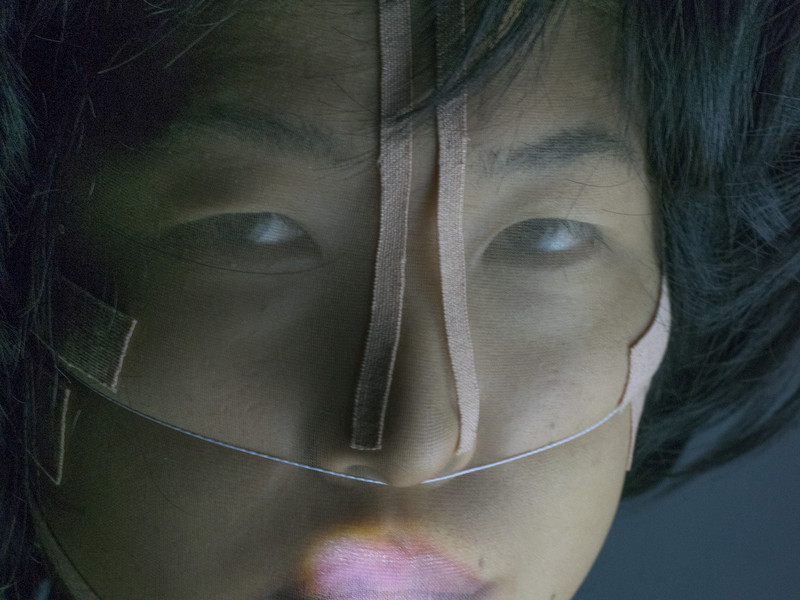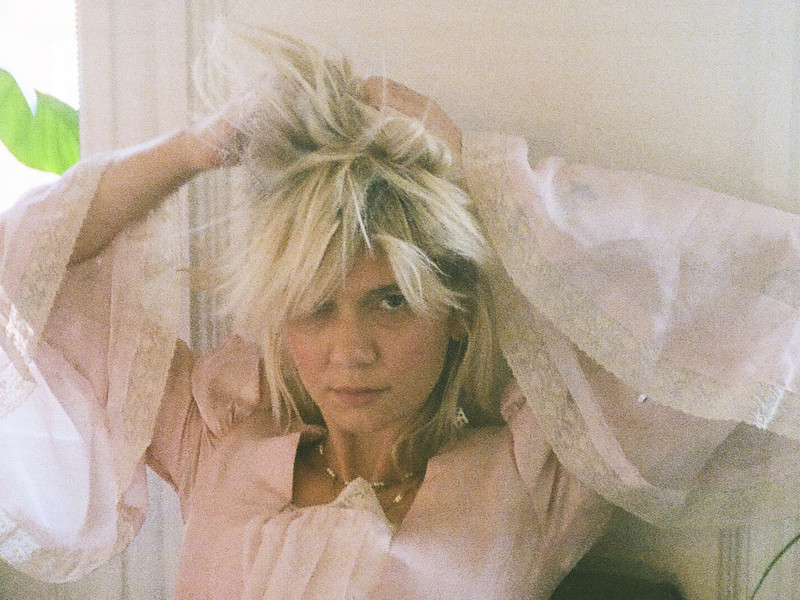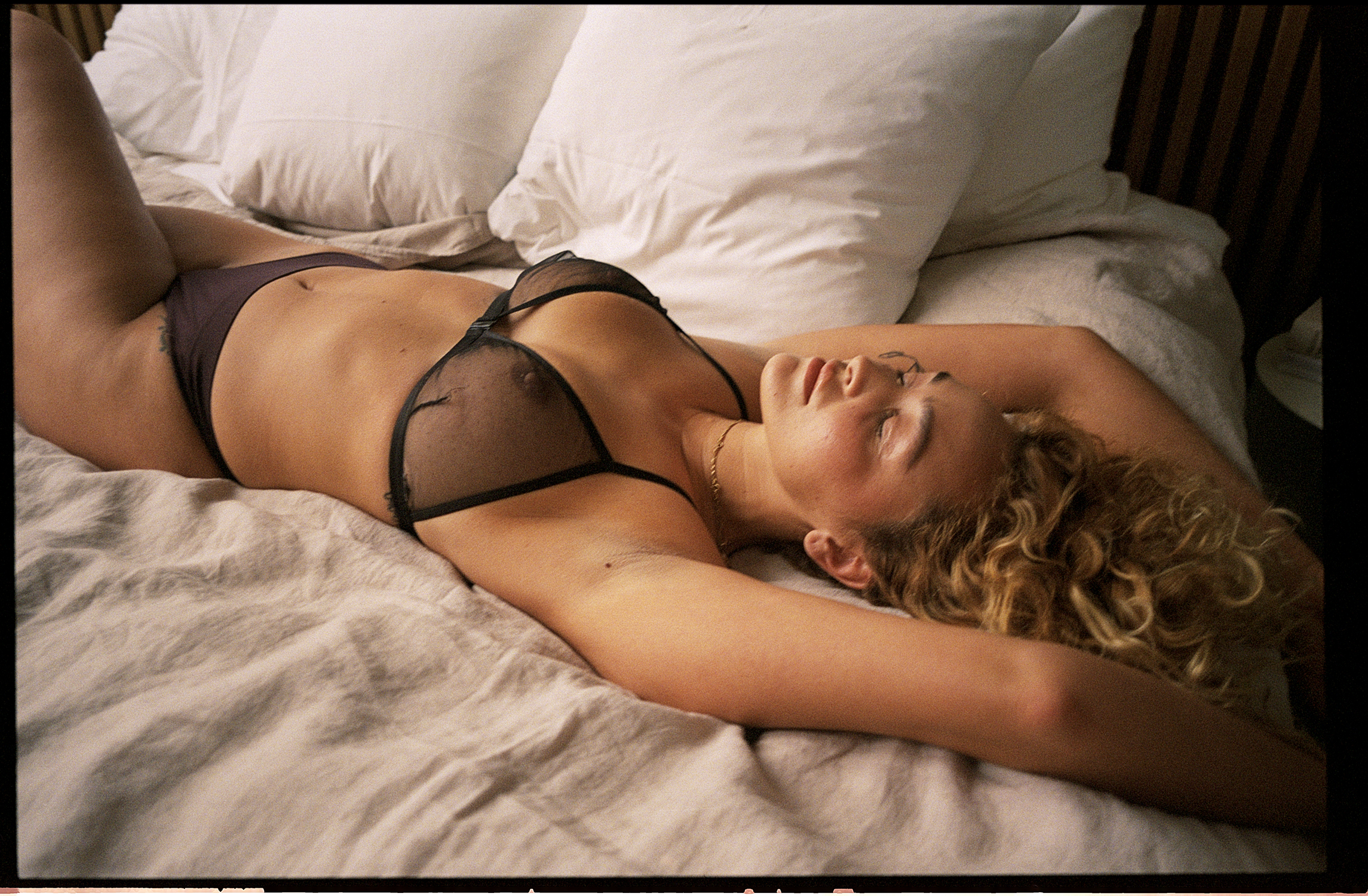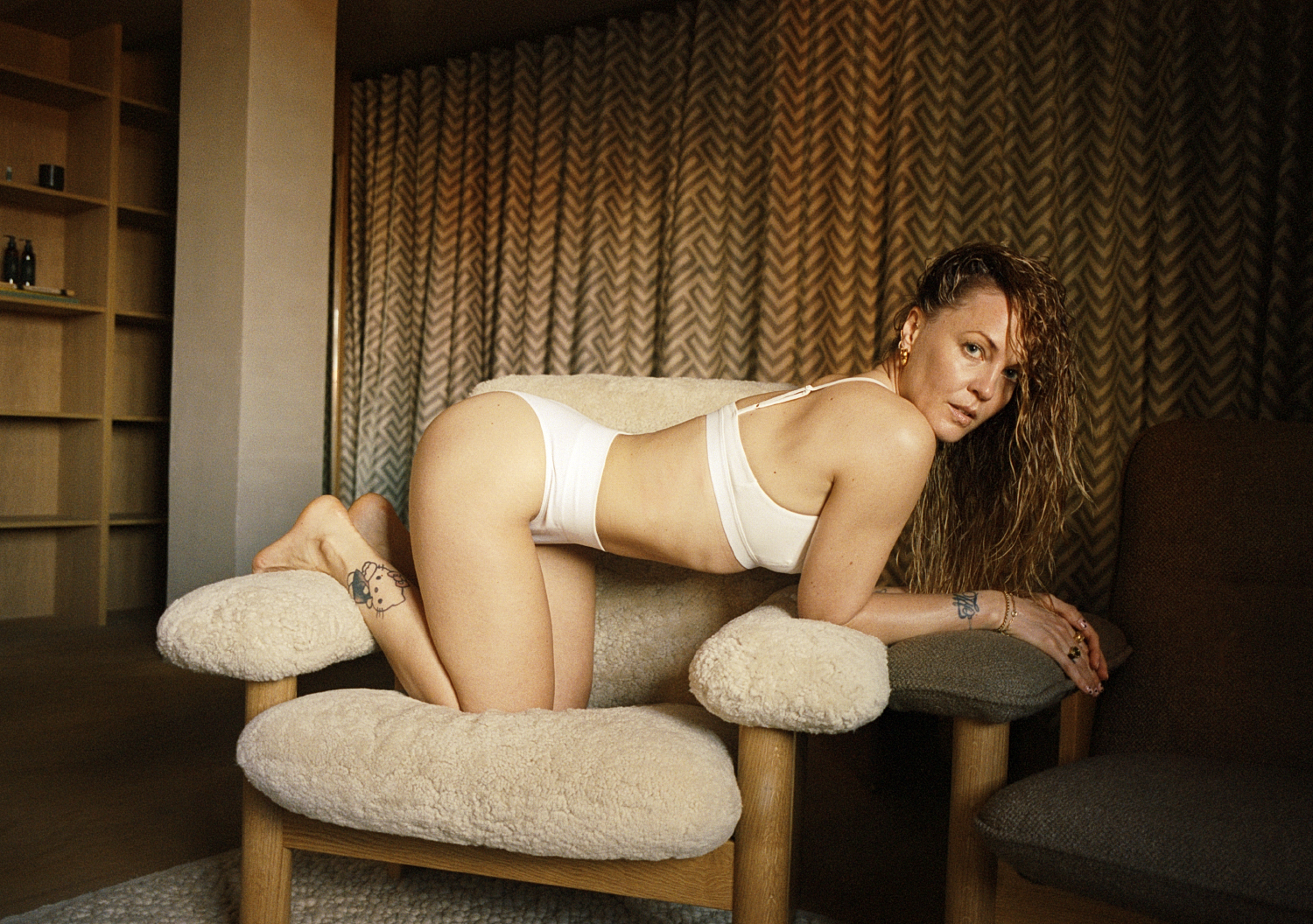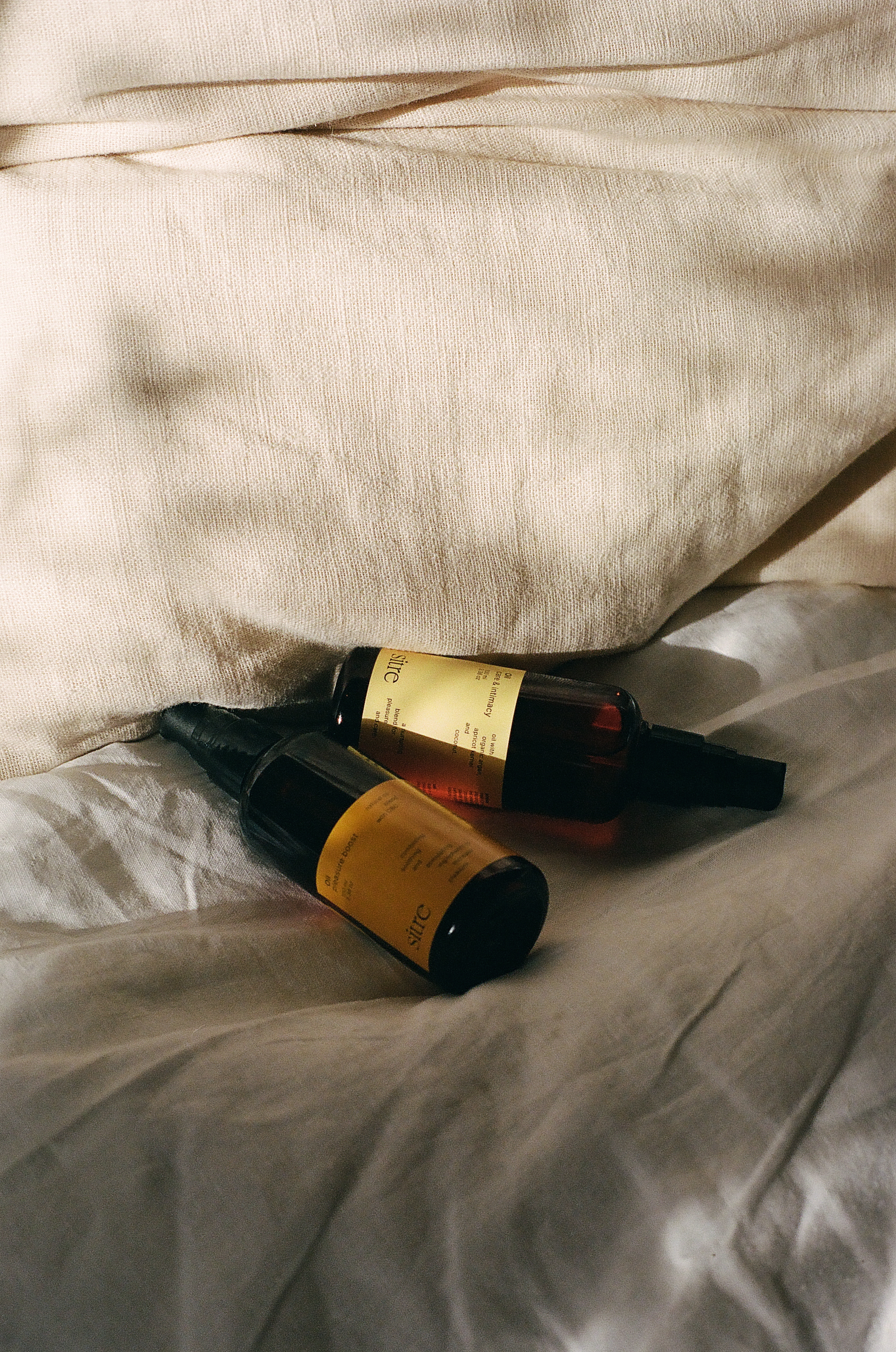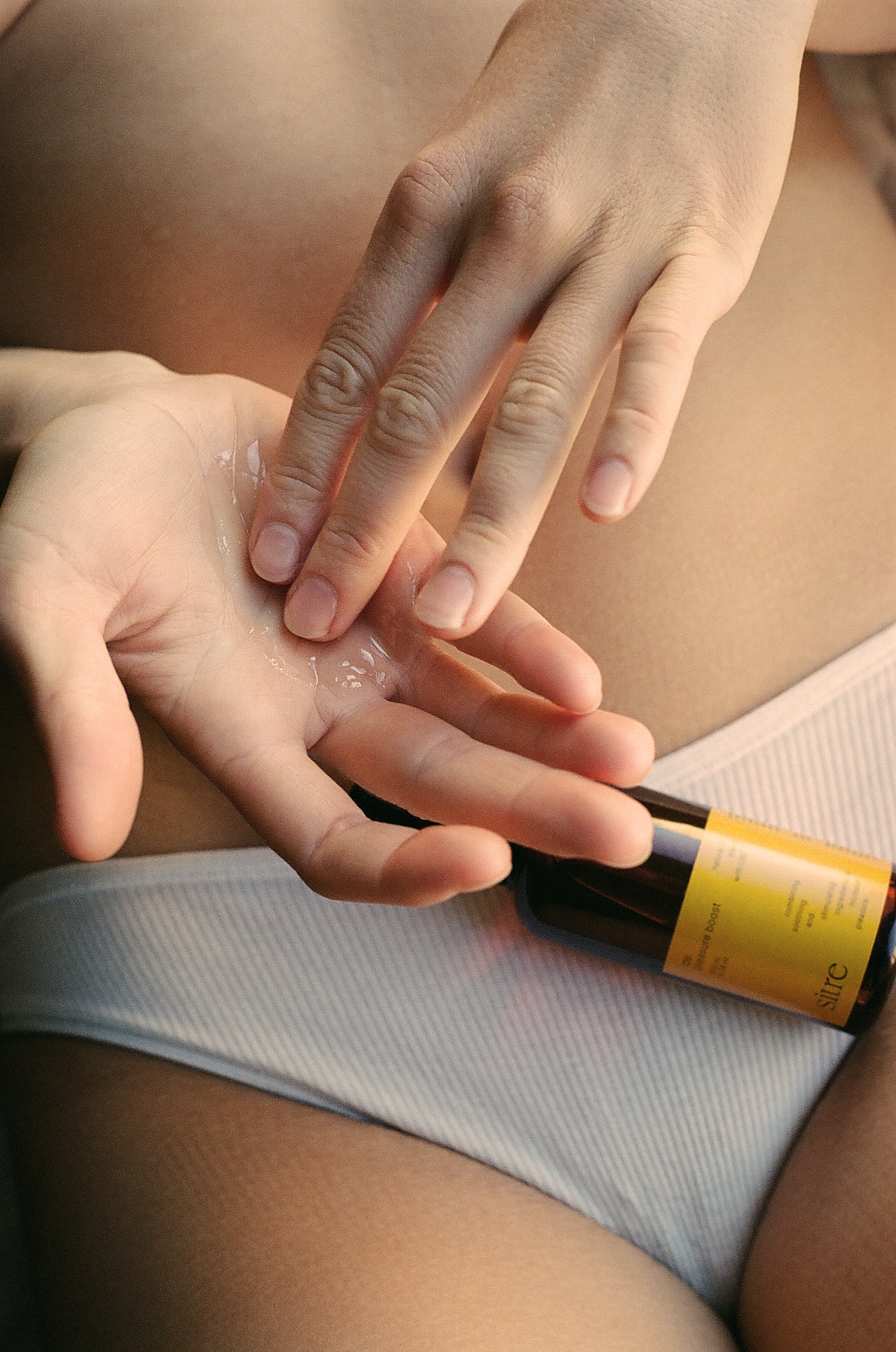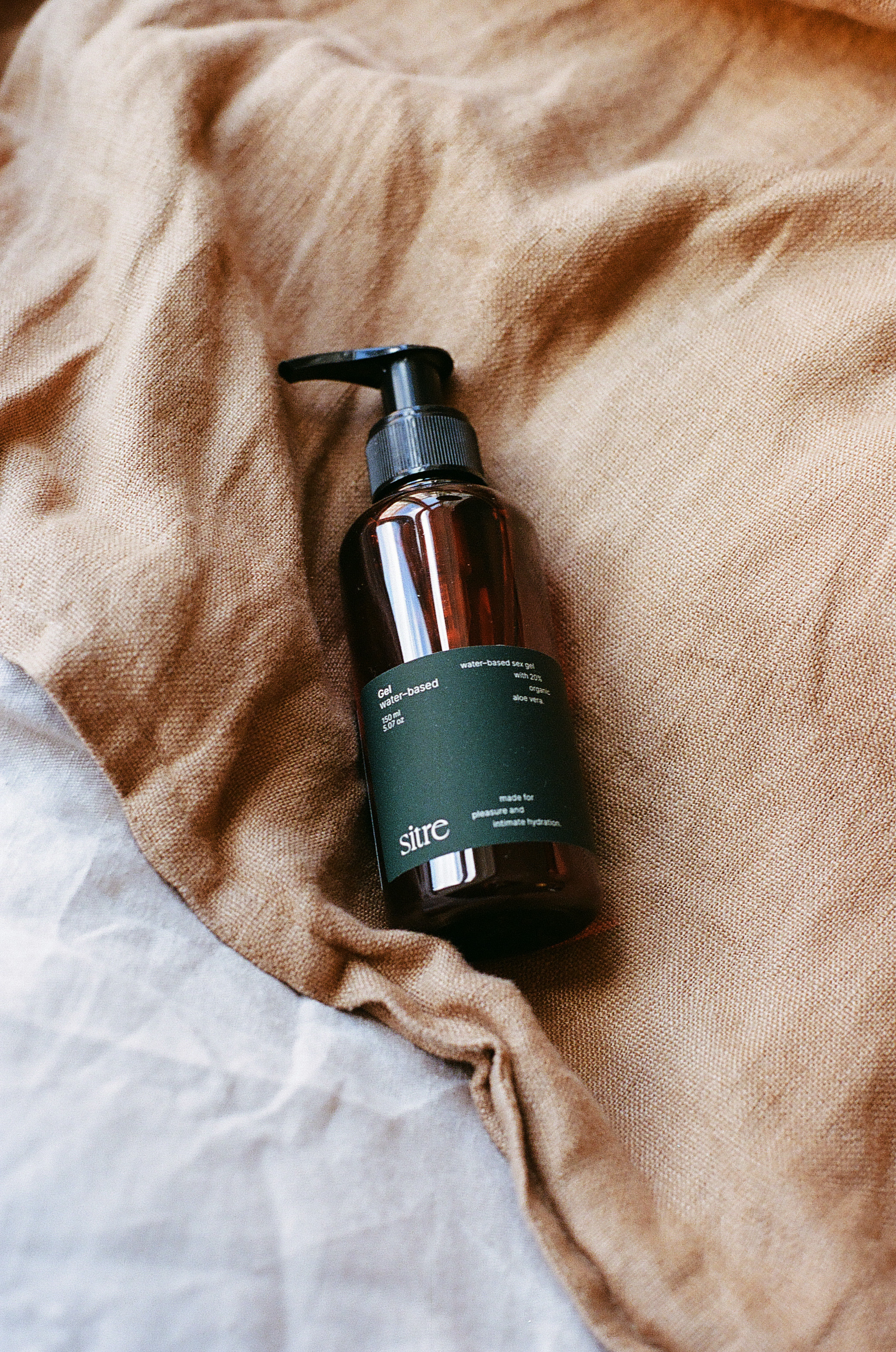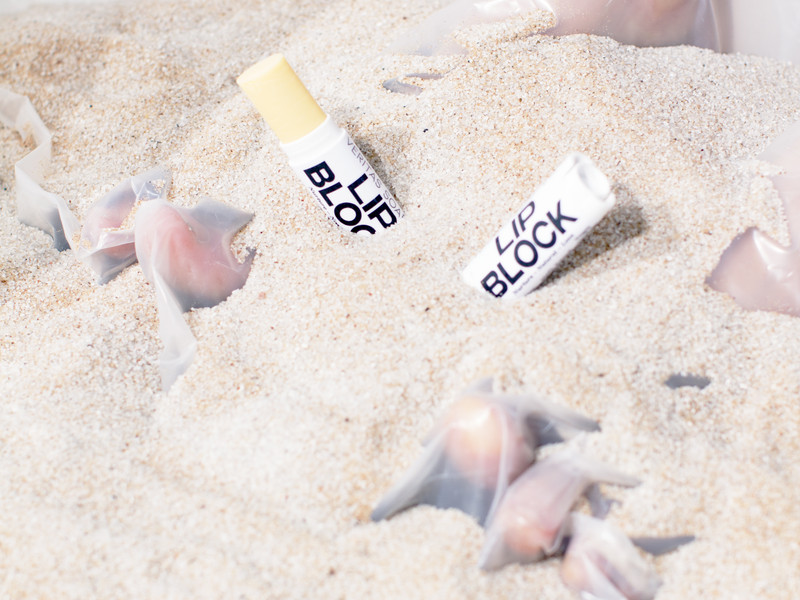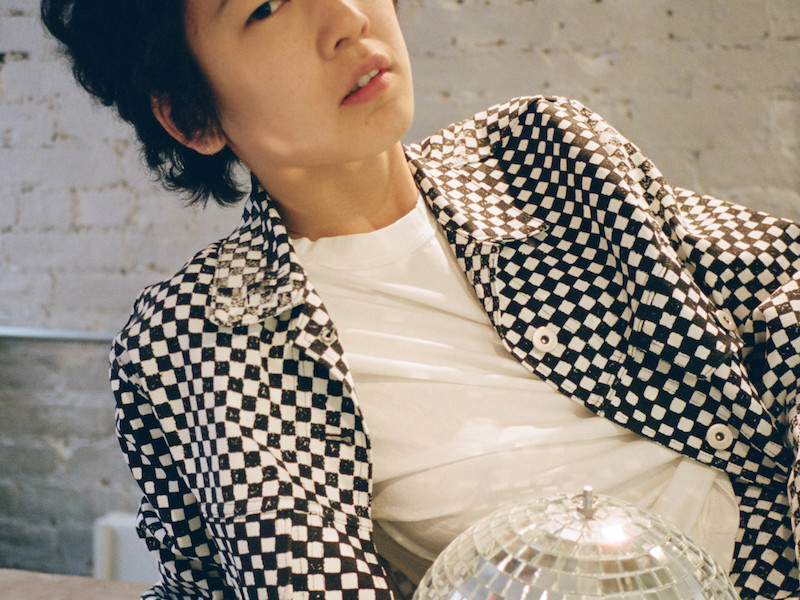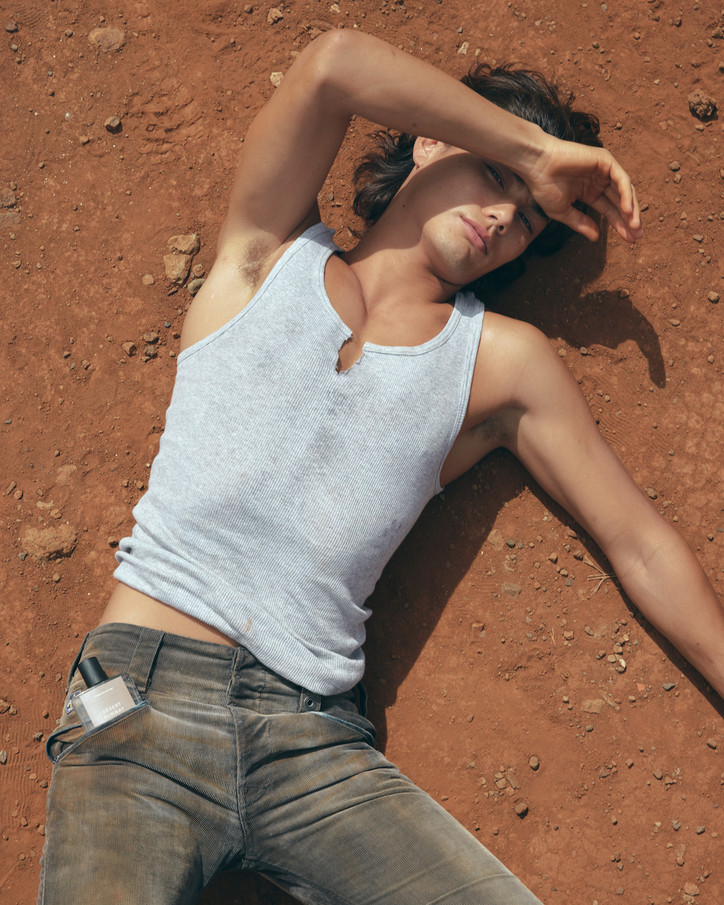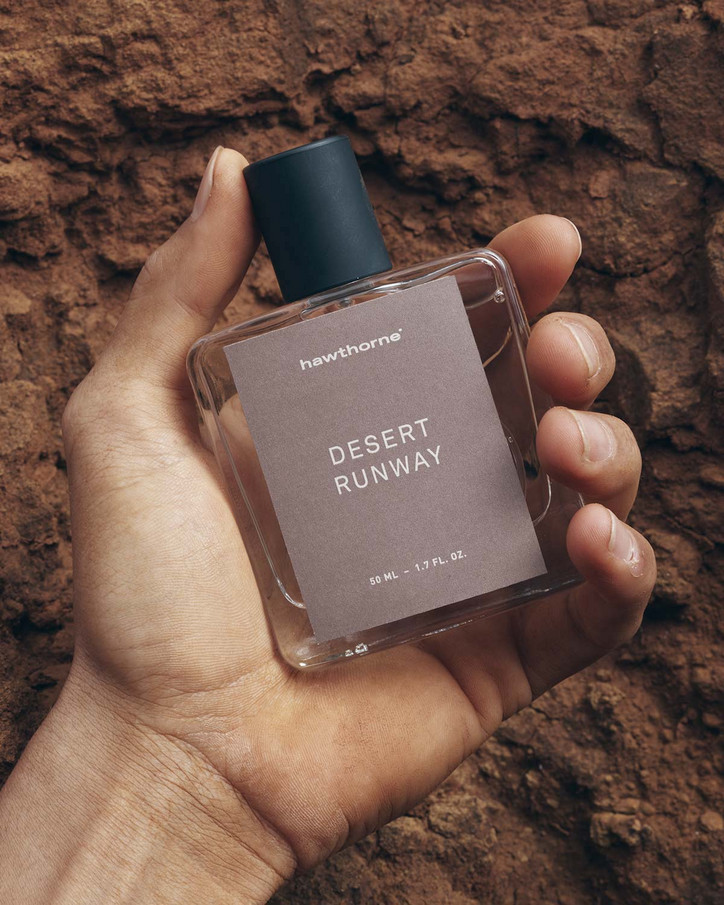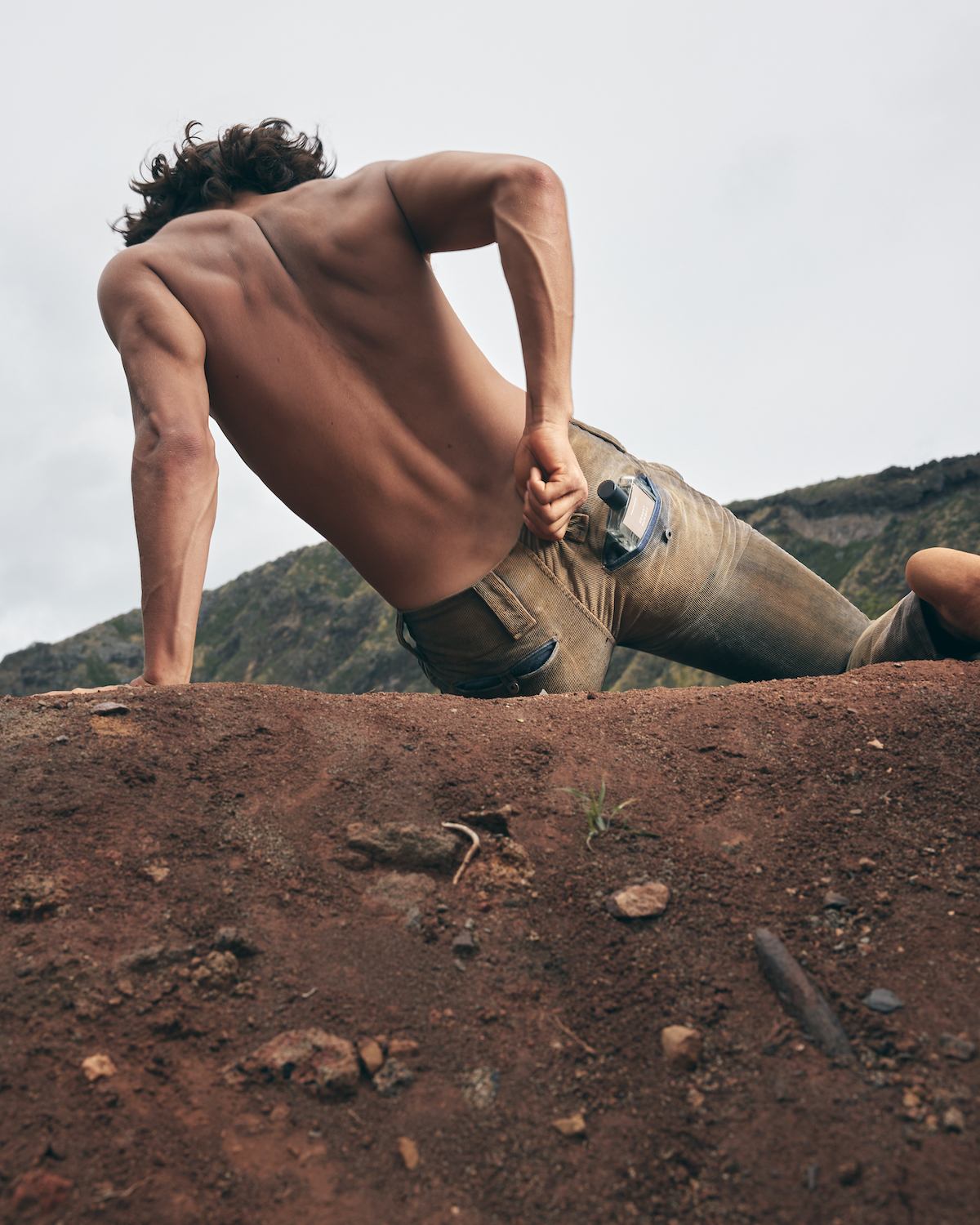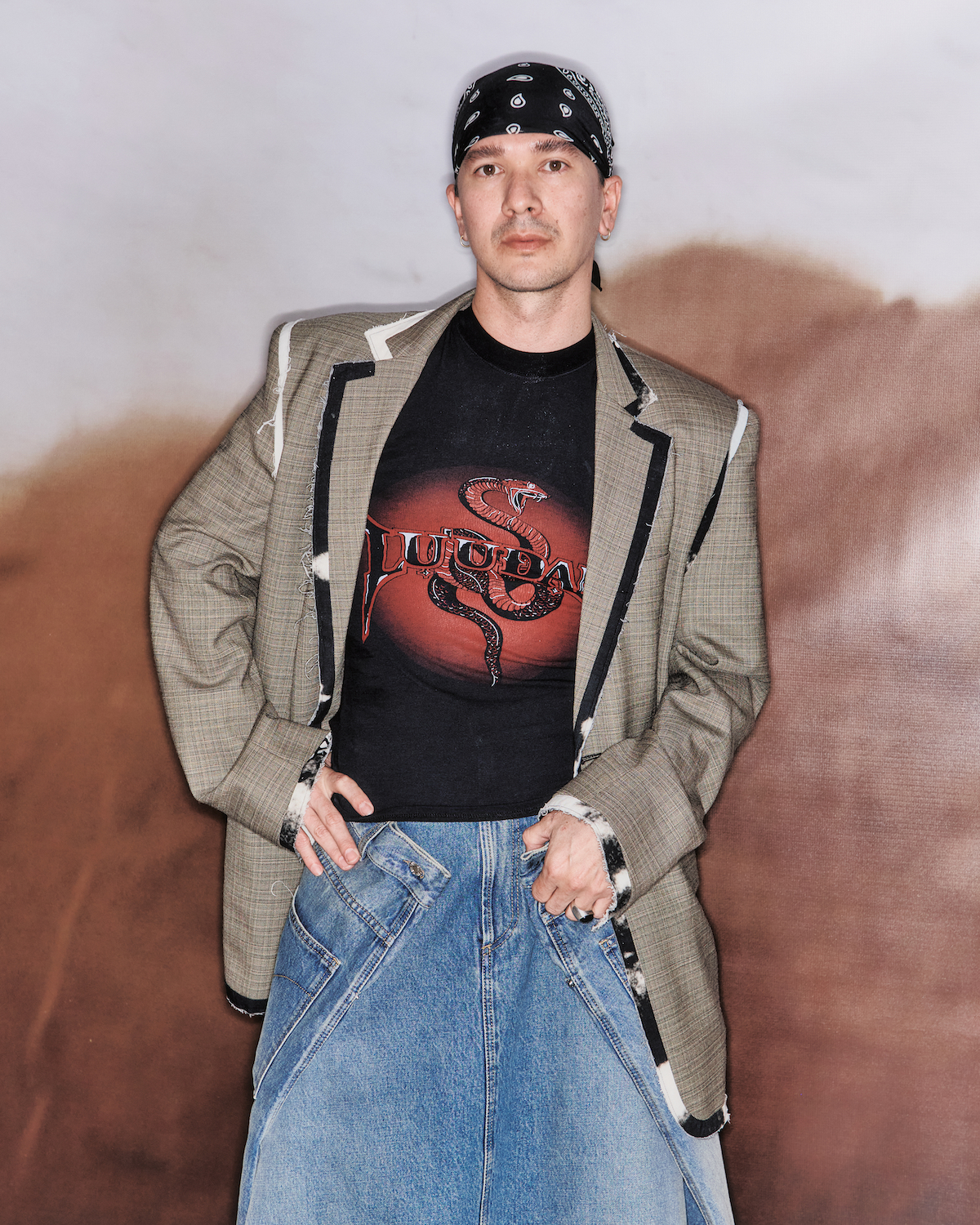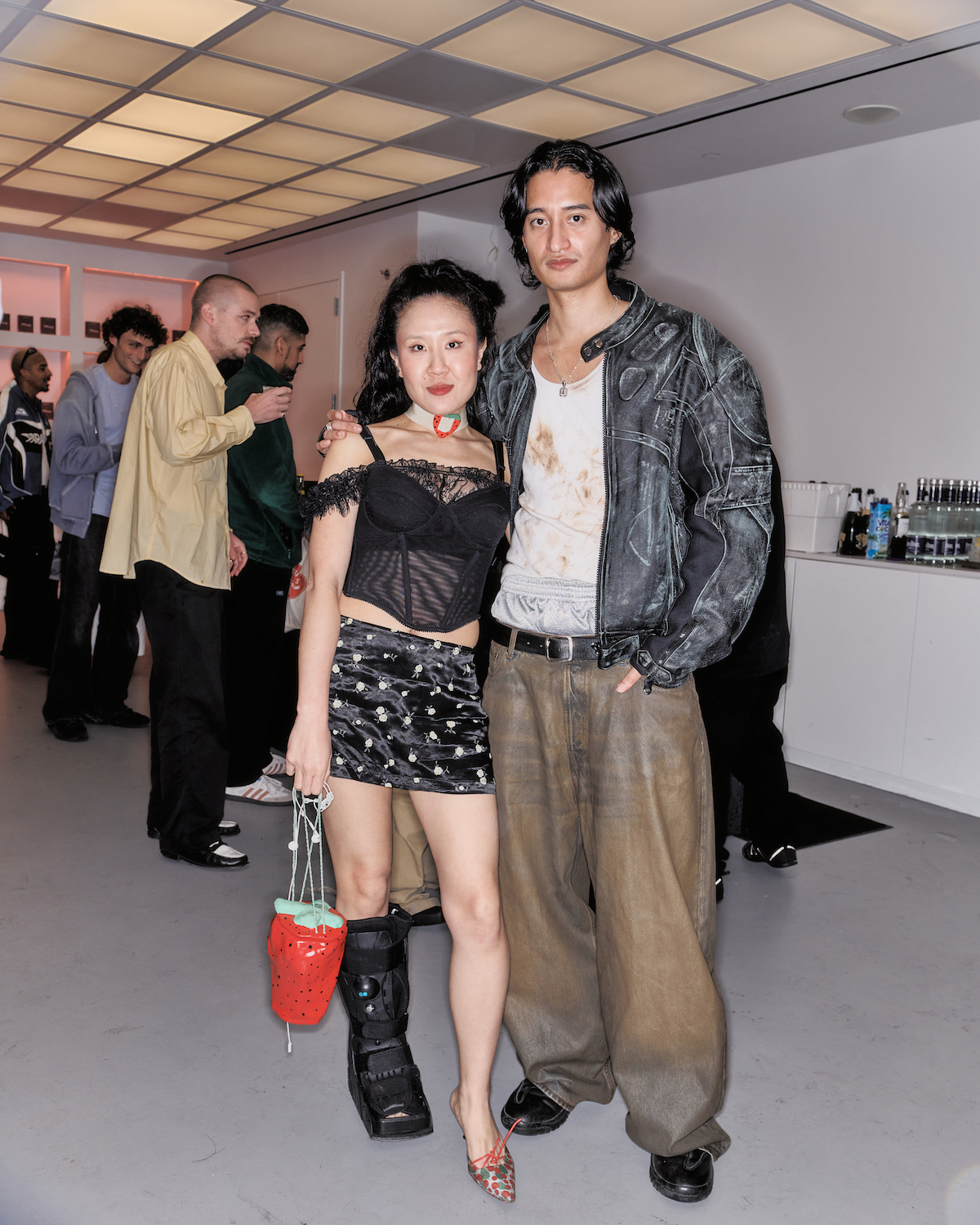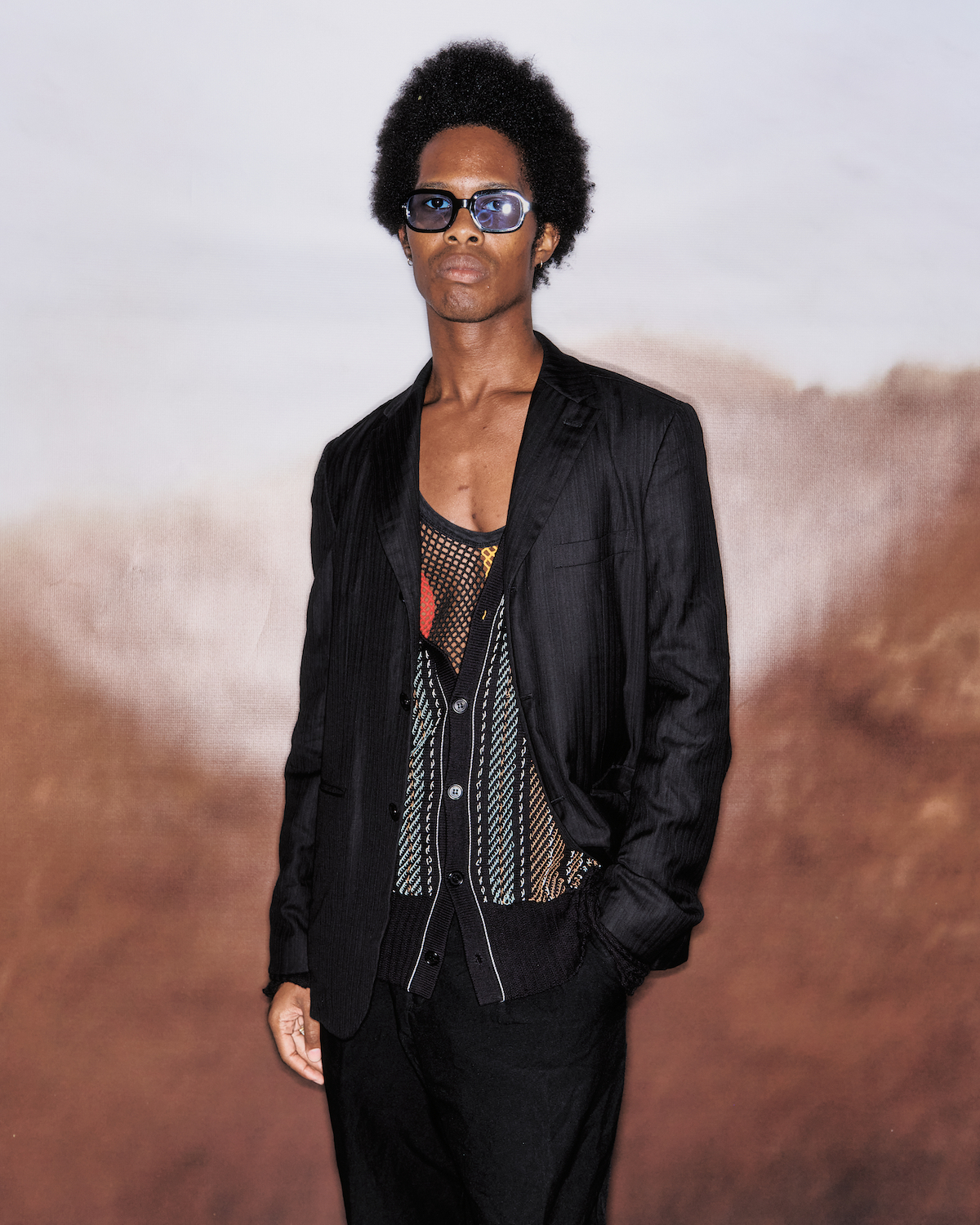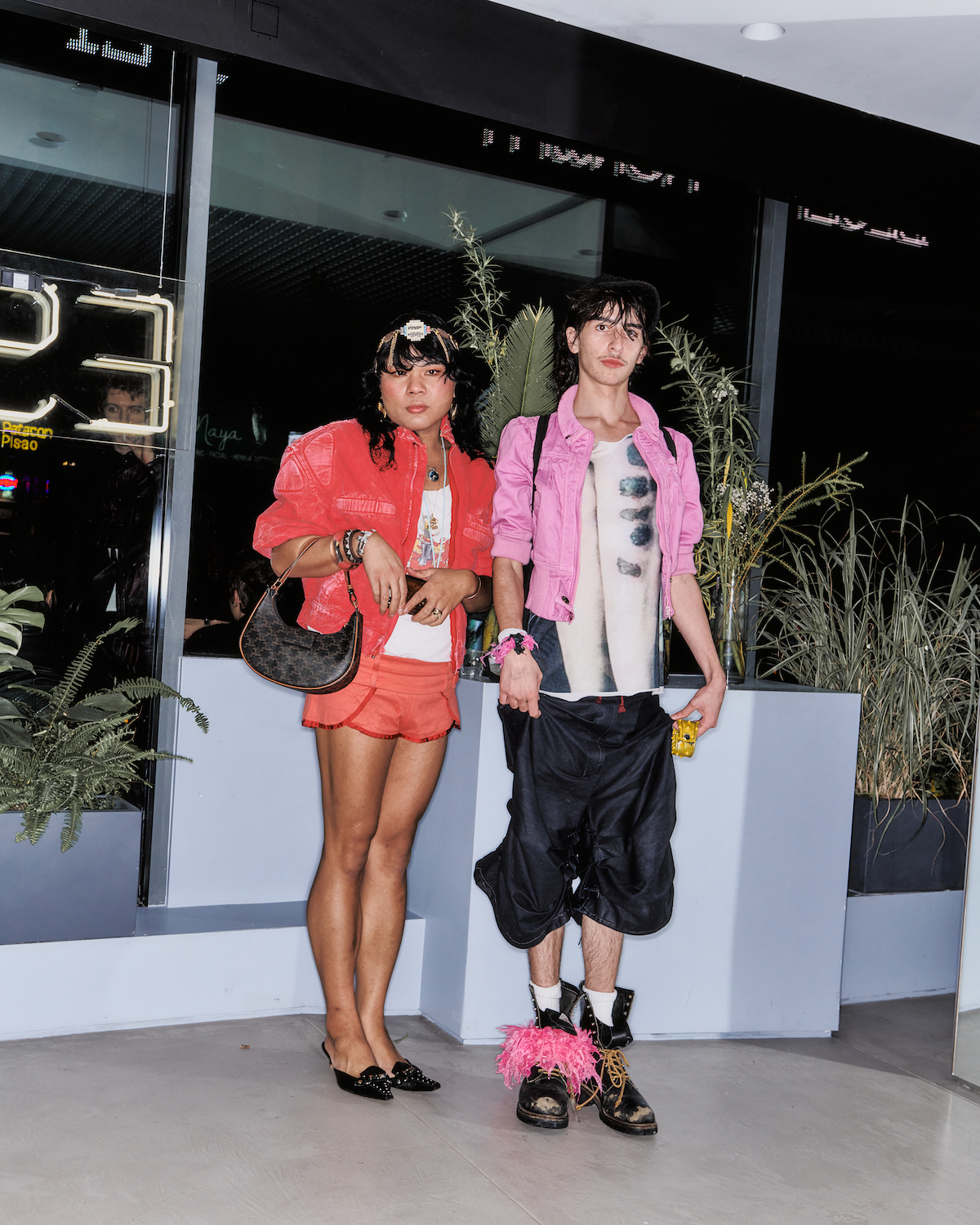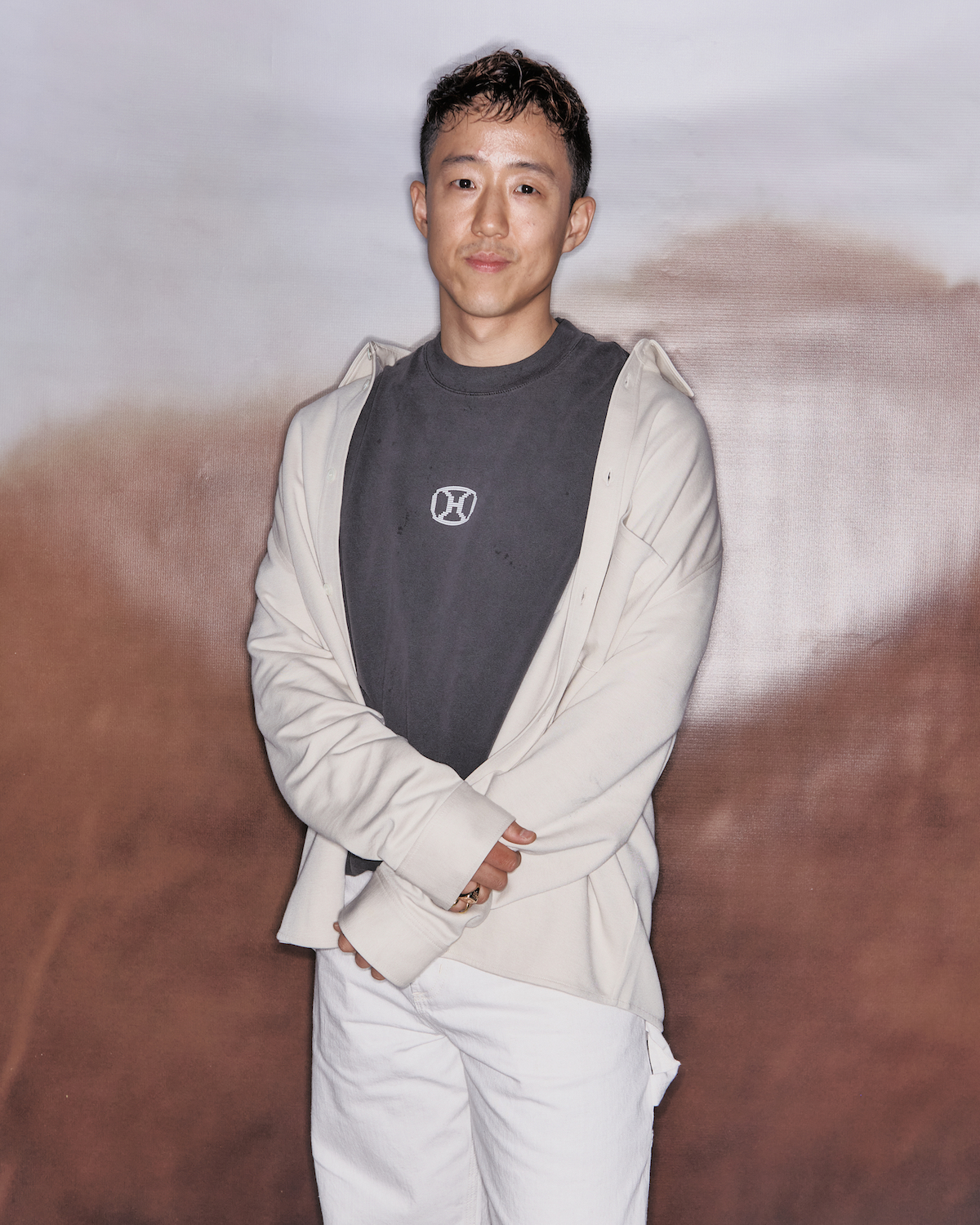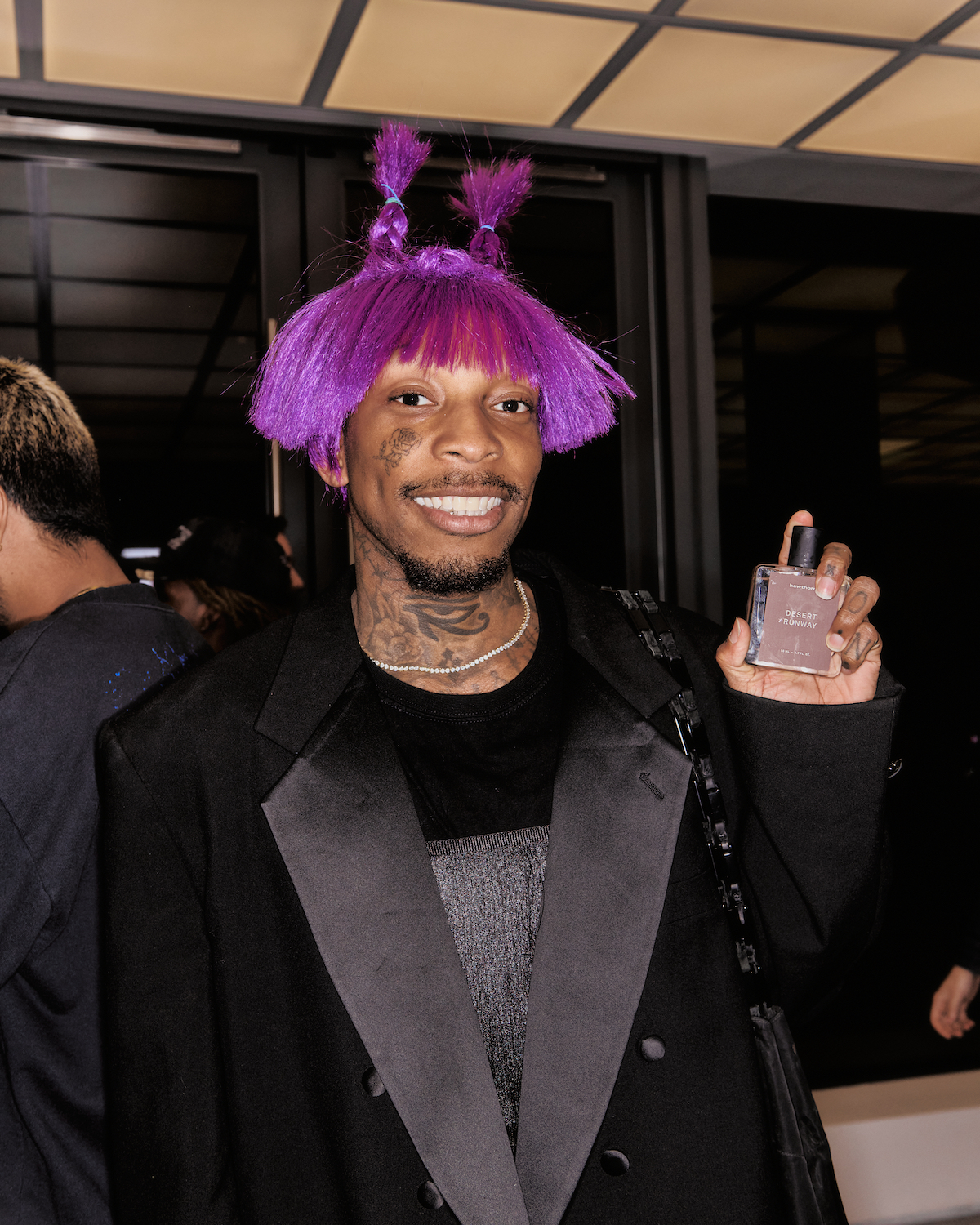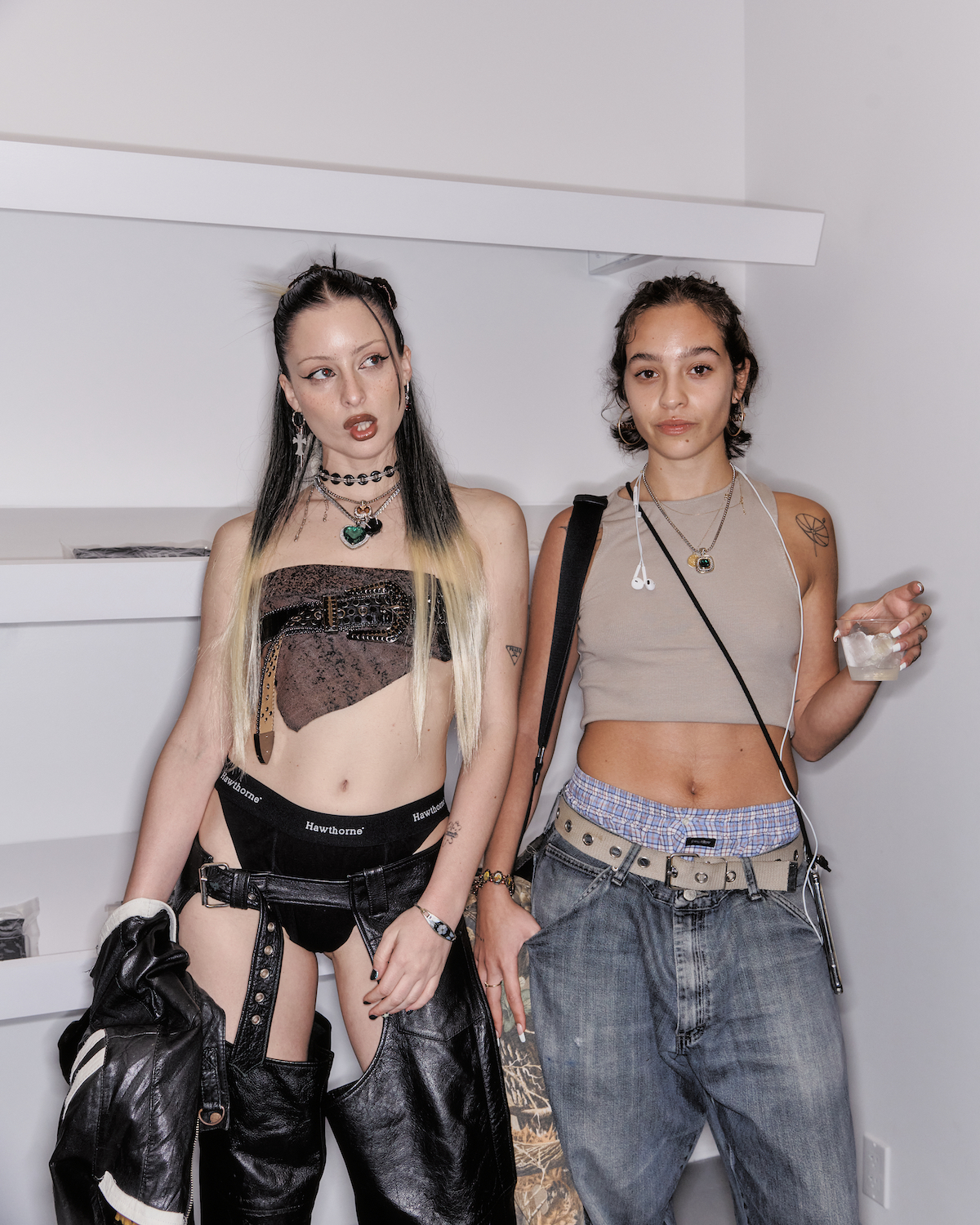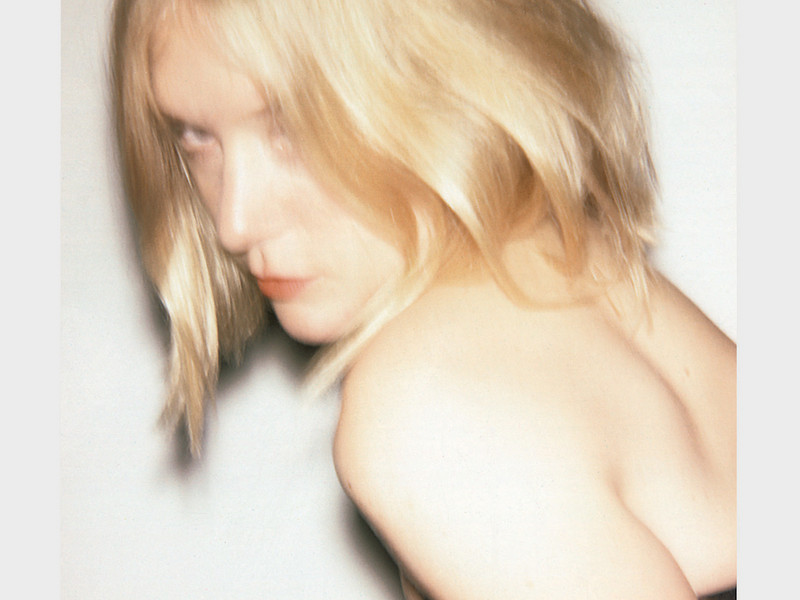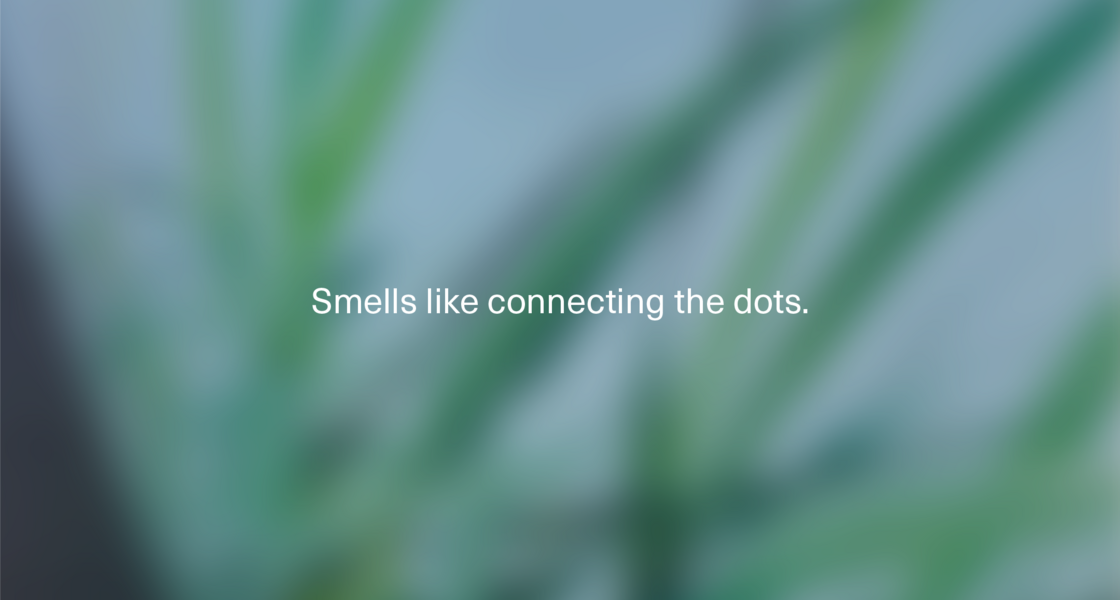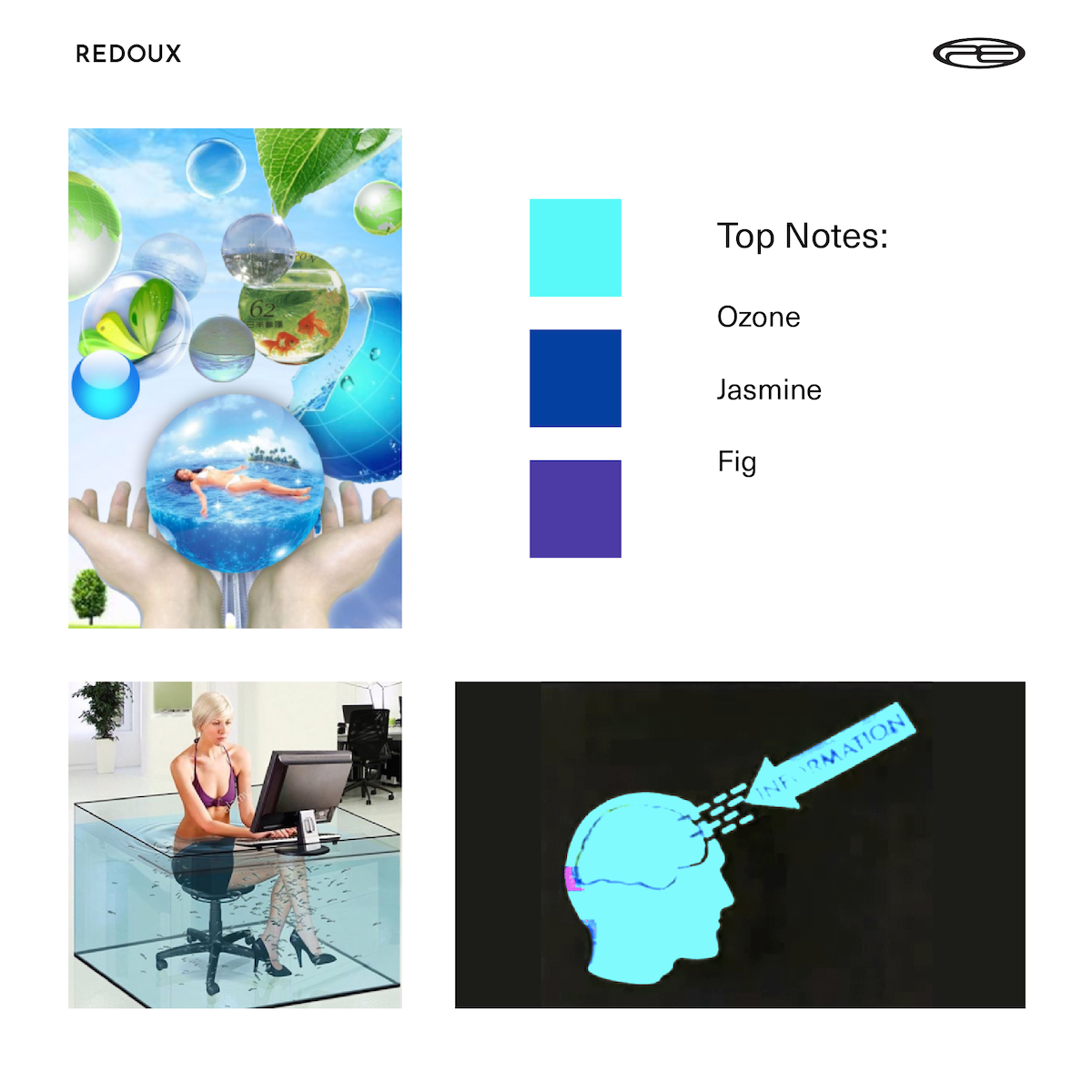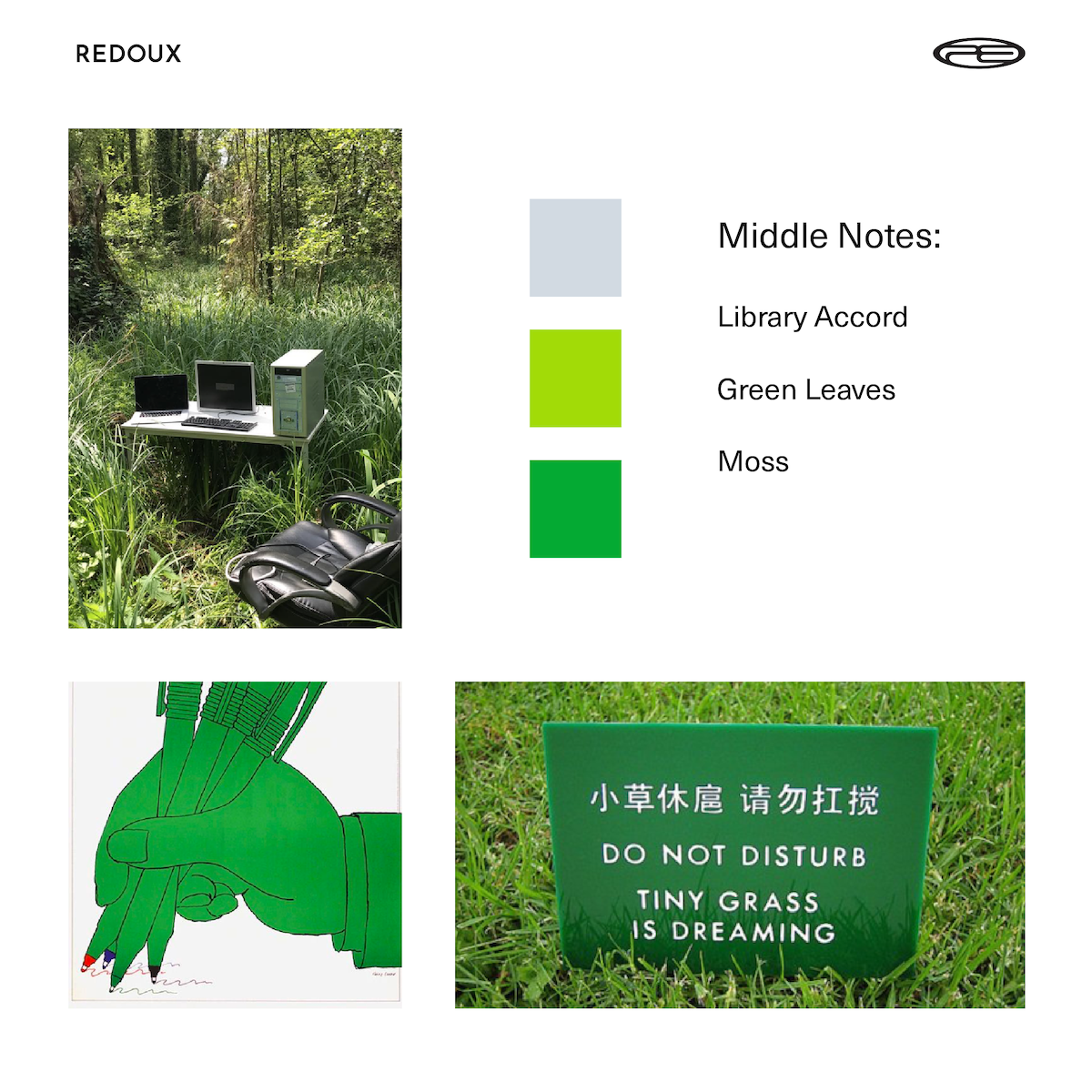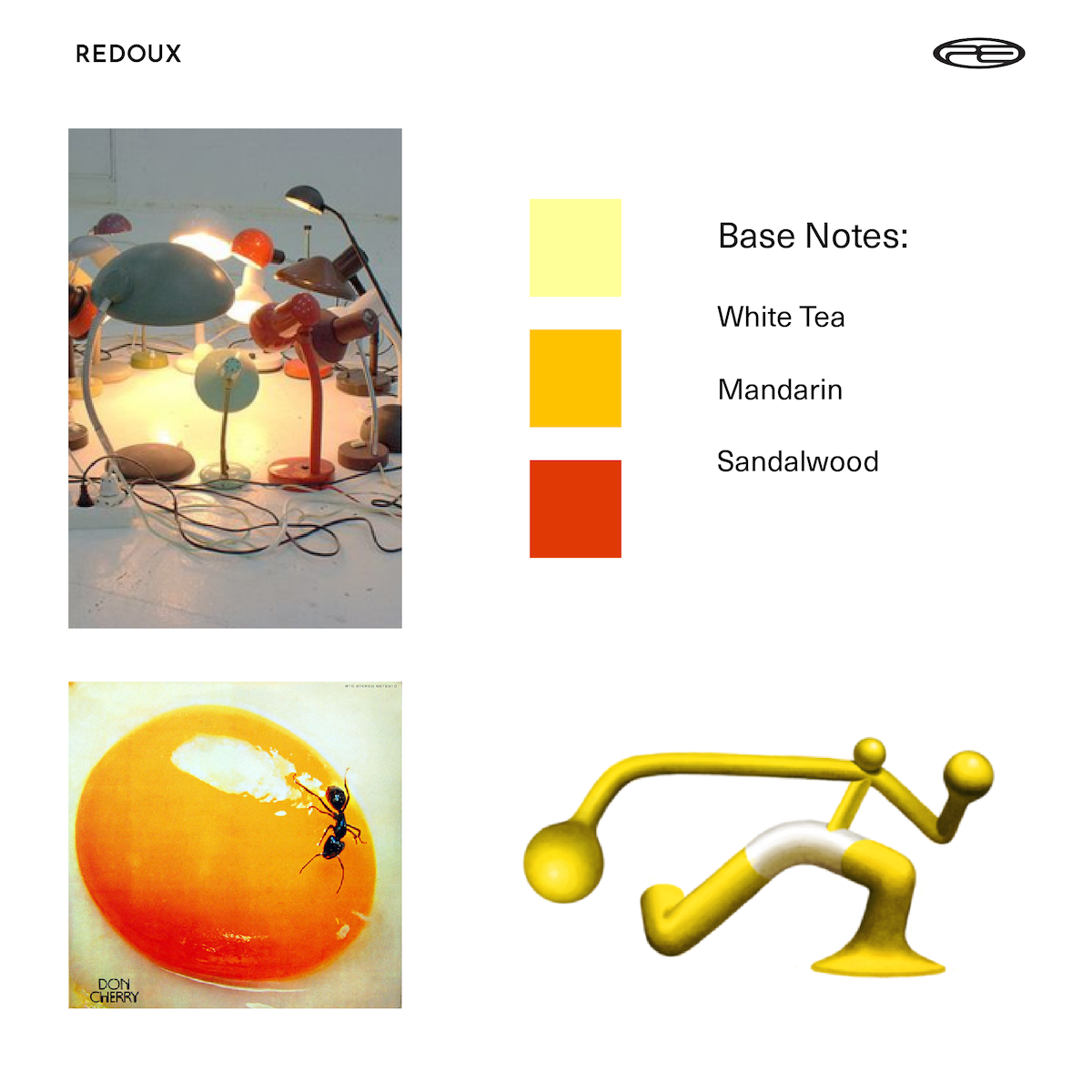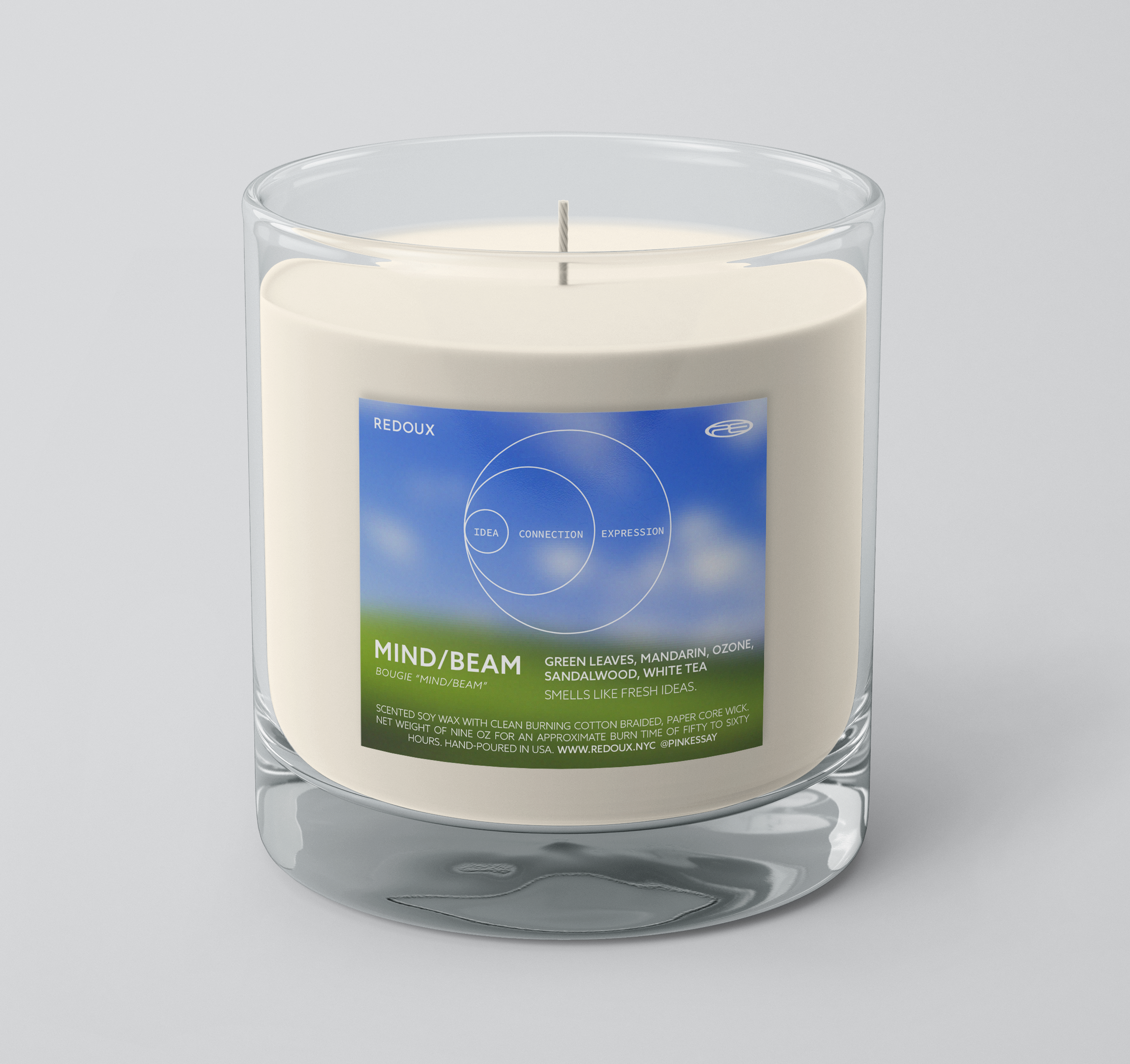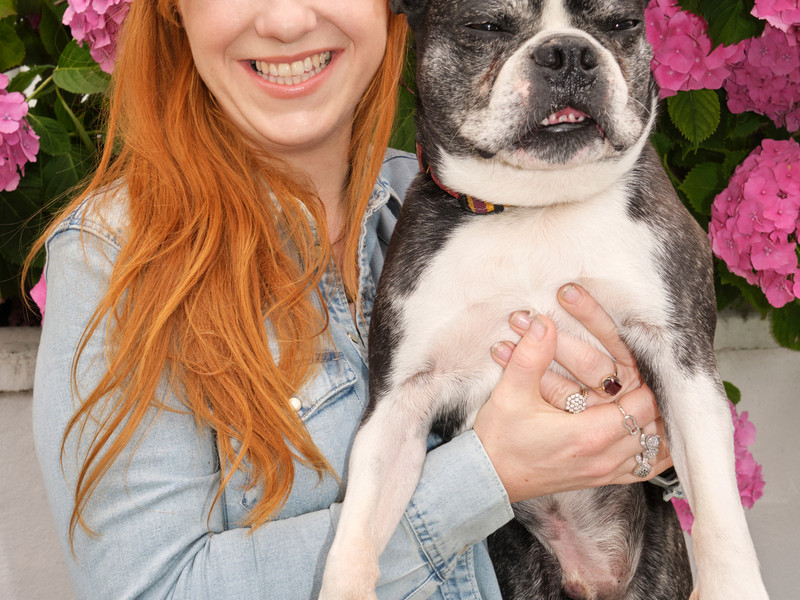High Femme
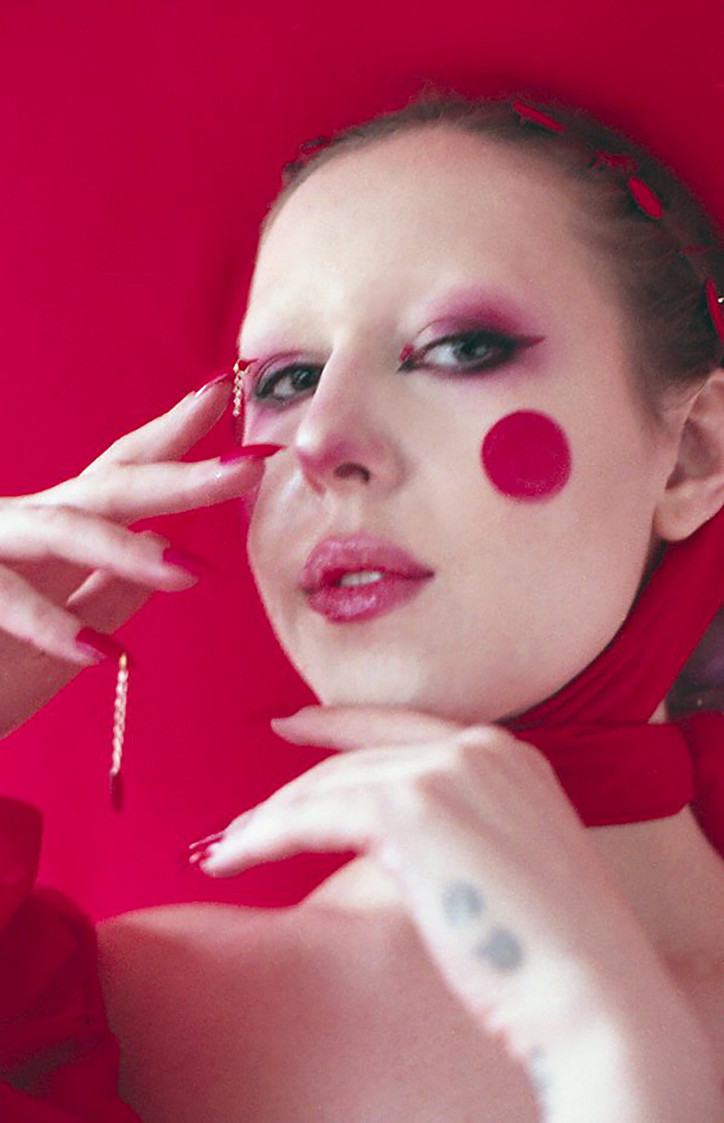
Never having felt fulfilled by pursuing the mainstream idea of femininity—one that panders directly to the male gaze—she found inspiration elsewhere. "My makeup and my beauty allow me to embrace my femininity and be really extreme with [it], but in a way that’s a ‘fuck you’ to men."
And while the nightlife and drag communities have embraced her form of protest beauty, she still witnesses the subtle prejudice that comes with being a woman—in any space. “I think that’s just what it’s like being a woman, even a woman artist,” she said. “I also do a lot of fashion, and nobody is being outright misogynistic, but it’s there—in the undertones.” That’s why her designs and her drag have become such a mainstay in the city’s queer community; because they’re an antidote to sexist double-standards—a woman’s own version of high femme.
How would you describe your signature look? What's the inspiration behind it?
It’s so funny because I feel like I have my drag look and my day look, and I feel like the inspiration for my day look is my drag look. I like the way I look in drag, but I don’t have time to do that every day. So, my day look is a mini version of that. What inspired my drag look, though, was sort of looking like a doll, because that’s what all my outfits look like—these big ball gown, doll moments with the cheeks and white face and super exact lips. Also, Pat McGrath and Galliano’s Dior. Everyone in nightlife is such a big fan of both, and that’s what I’ve always been trying to look like—and my version is that of a doll.
You've essentially been doing a mini version of drag since you were very young, before even knowing what it was. How did it manifest? Do you remember at what age you started creating looks?
I’ve always been such a weird little kid—I remember being in probably early middle school, going on the internet and finding Doe Deere’s blog, and thinking, ‘Oh my God’—that was the first time I saw a woman that I wanted to look like. From then on, it was really about wearing blue lipstick and dying my hair crazy colors. I was also a little kid, so I was just experimenting and having fun.
Is there a drag scene where you’re from in Philadelphia?
There is an interesting drag scene there. When I was there, I was super underage, but I was really lucky—I met some cool women and some cool drag queens and there was one drag venue you could go to underage. I went out like, twice, in drag in Philadelphia.
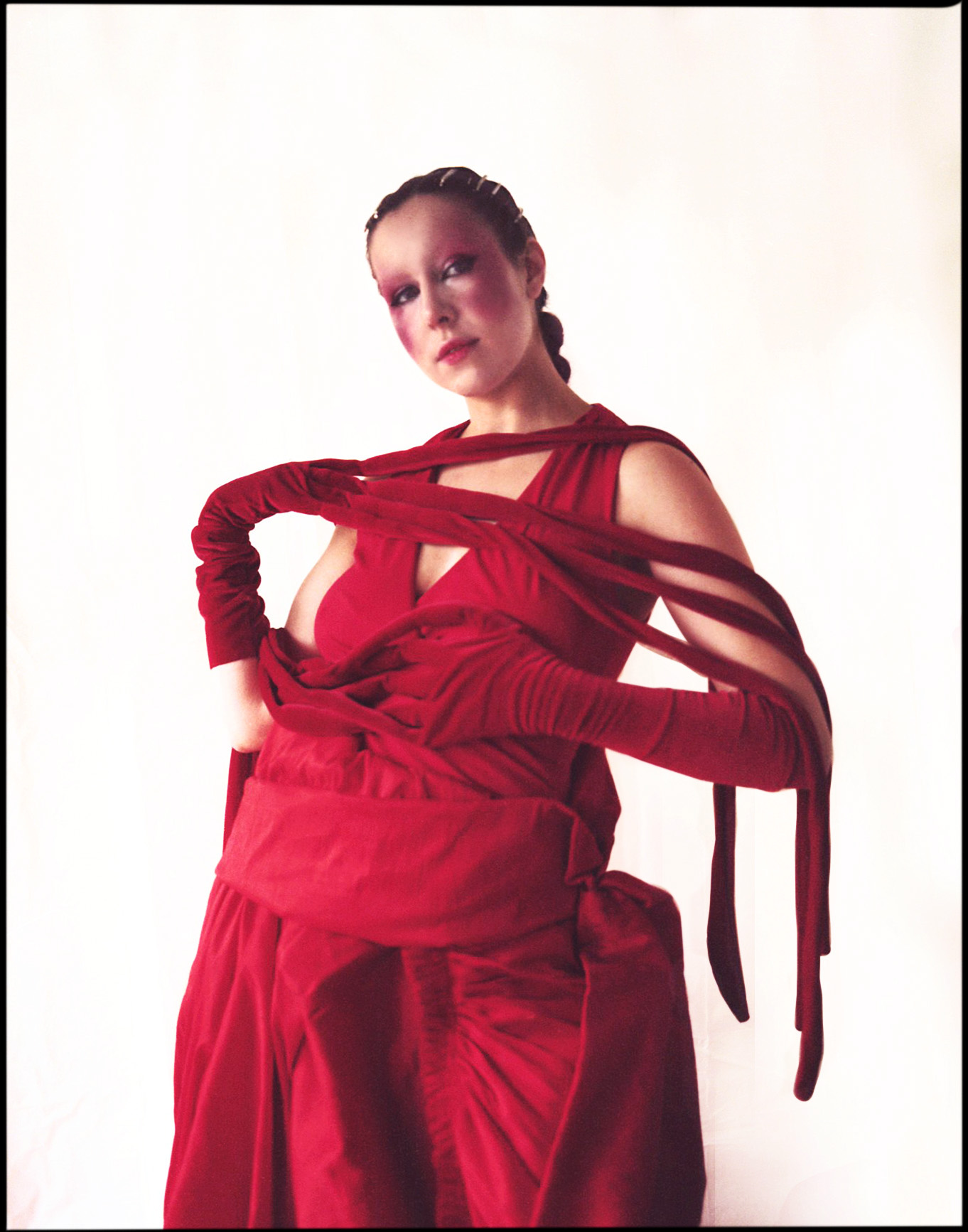
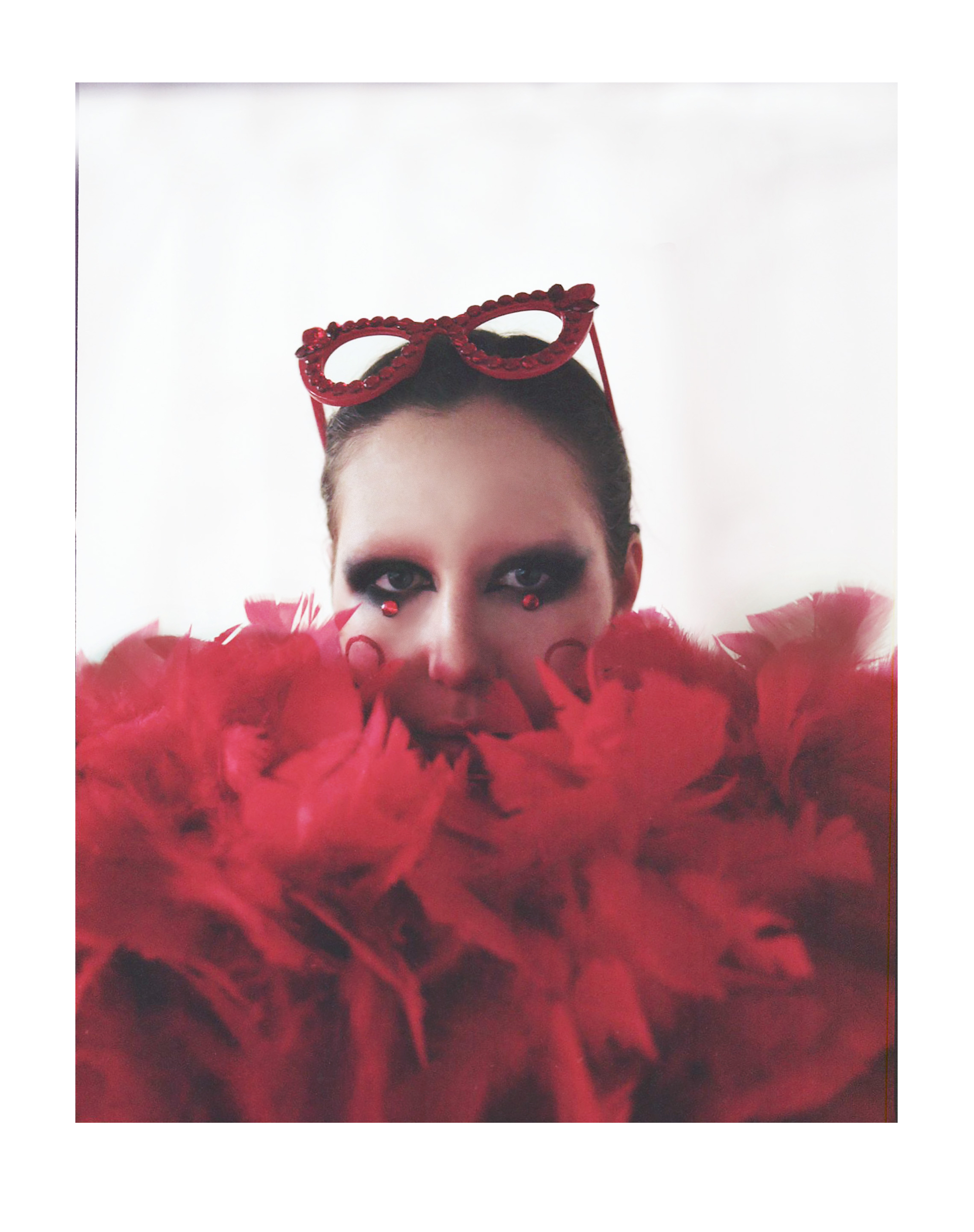
So, participating in the drag scene for you didn’t really start until later, when you moved to New York?
I was doing drag back then in the sense that I would just practice and make looks myself, and then my poor high school friends—there’d be high school parties and I’d show up in drag and they’d be like, ‘I don’t know what you’re doing, but okay.’ Then we did these senior projects in high school where basically the seniors have three weeks to not come into school and just have to present a project. So, for that, I did drag and my poor statistics teacher had to hear me talk about drag for three weeks. He was like, ‘What on earth is this girl?’ So, I did do drag in high school, but in a weird way. Being underage made it hard—I had to be sneaky.
Being a cis woman, inherently you are a bit of an outsider in the drag community. Do you feel like you’ve been accepted regardless?
Everyone in nightlife who I’ve met has been very accepting of me. I’m a queer woman, so I have every right to be in those spaces, just like everyone else. I have run into some subtle misogyny, but I don’t think it’s because I’m a drag queen—it’s because I’m a woman. All these subtle comments and stuff where it’s like, if I was a man I know I’d be more popular than I am. But I could say that about being a female DJ or dancer in queer spaces.
It’s crazy that still happens, even in queer spaces.
What’s so funny to me is that, I’m this woman in nightlife, and I’ll say something in a queer space about being gay, and people are surprised. I don’t know why, but I think there’s a running theme of people just not believing that a woman is queer. They’ll think that I’m straight, and I don’t know why they’d automatically think that. Maybe it’s because I am so feminine.
And the association between presentation and an assumed sexuality is an issue queer women run into a lot.
That’s the thing—I’ve told a lot of people I’m gay and then they see me out with a woman I’m with and they’ll be like, ‘Oh! You actually are gay.’ And it’s like, ‘what do you mean I actually am? If I tell you I’m something, you should believe it.’ I shouldn’t have to have proof—it’s a frustrating thing that happens a lot.
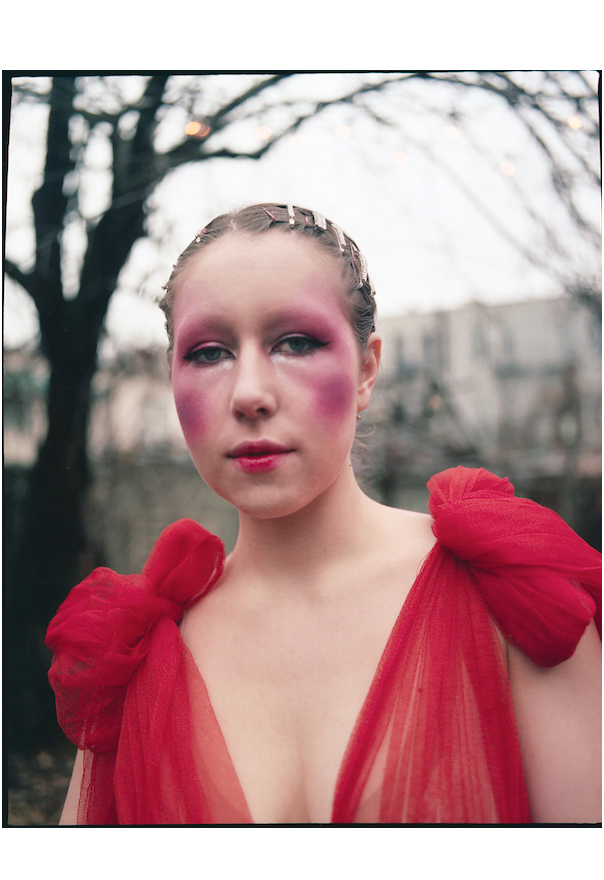
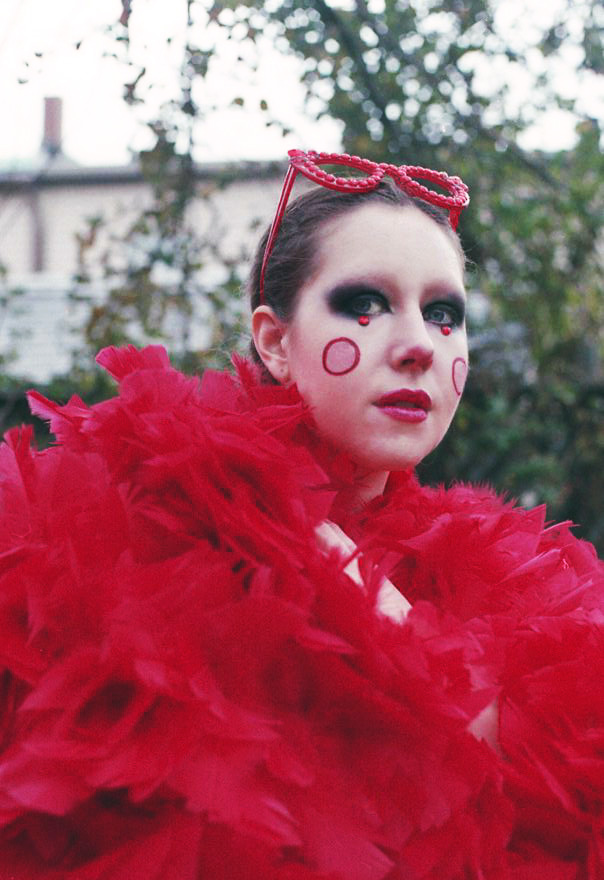
How would you describe your idea of beauty within the drag and queer communities?
I think beauty is super important to my queerness. I identify so much as a high femme, and for me, the definition of high femme has two meanings: it has a literal meaning of being an exaggerated version of femininity, and my everyday doll look is the most exaggerated take on femininity you can have—these round circular cheeks and giant black eyes, and I wear these hair clips—it’s very doll-like. But I think in order to be high femme, there’s this idea of being feminine outside of the male gaze and outside of traditional femininity. My makeup allows me to do that, too. People see me and think I’m an actress, and I know no straight man probably likes my look. It’s kind of clownish. So, a lot of people don’t understand why I look like this—and it’s because I want to. This is something I do for myself, not for anyone else—not for any man. It’s a way for me to be super feminine outside of the male gaze.
What are some of your favorite party memories or looks?
Going with Susanne Bartsch to the Vienna Life Ball. I’ve done it twice, and those are definitely the absolute craziest. It was a dream come true and those were the biggest looks I’ve ever done. Ladyfag’s Battle Hymn has been my favorite party—I used to go every single week. Anything with bunny ears that I did, I really liked. Bushwig is also so fun.
How have things changed for you over the past few years that you’ve been in the city? What transformations have you gone through?
For me, drag absolutely is what taught me confidence and it’s what gave me a platform. But I think I focused on drag for so many years, and within the last two years, I’ve realized who I am as a woman. I kind of left that out of a lot of my life—it was always drag—and to be like, ‘I’m actually a queer woman and I’m a female designer, and those things are important’ was super powerful for me.
I think drag and nightlife are so fun and they’ll always be a part of my life, and it’s where my friends are. But I also think [I’ve been] realizing that fashion is what I want to focus on and do with the rest of my life, and letting drag become more of a fun thing for me, especially because drag really taught me I can look crazy and feminine all the time. Drag allowed me to transfer some of that love of fantasy and dressing up into my day-to-day life, and that was a major shift for me, because that’s part of accepting who I am as a woman.
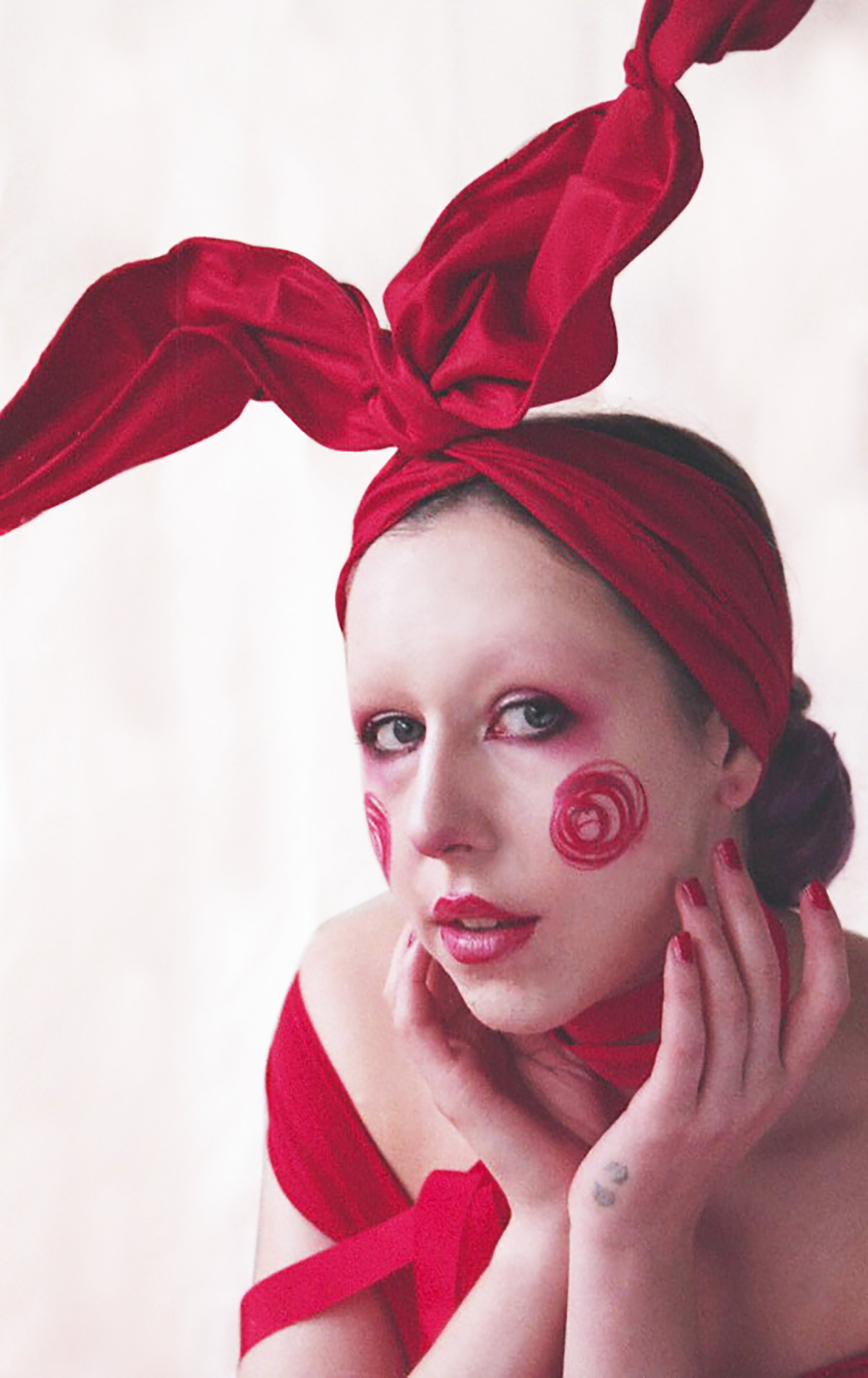
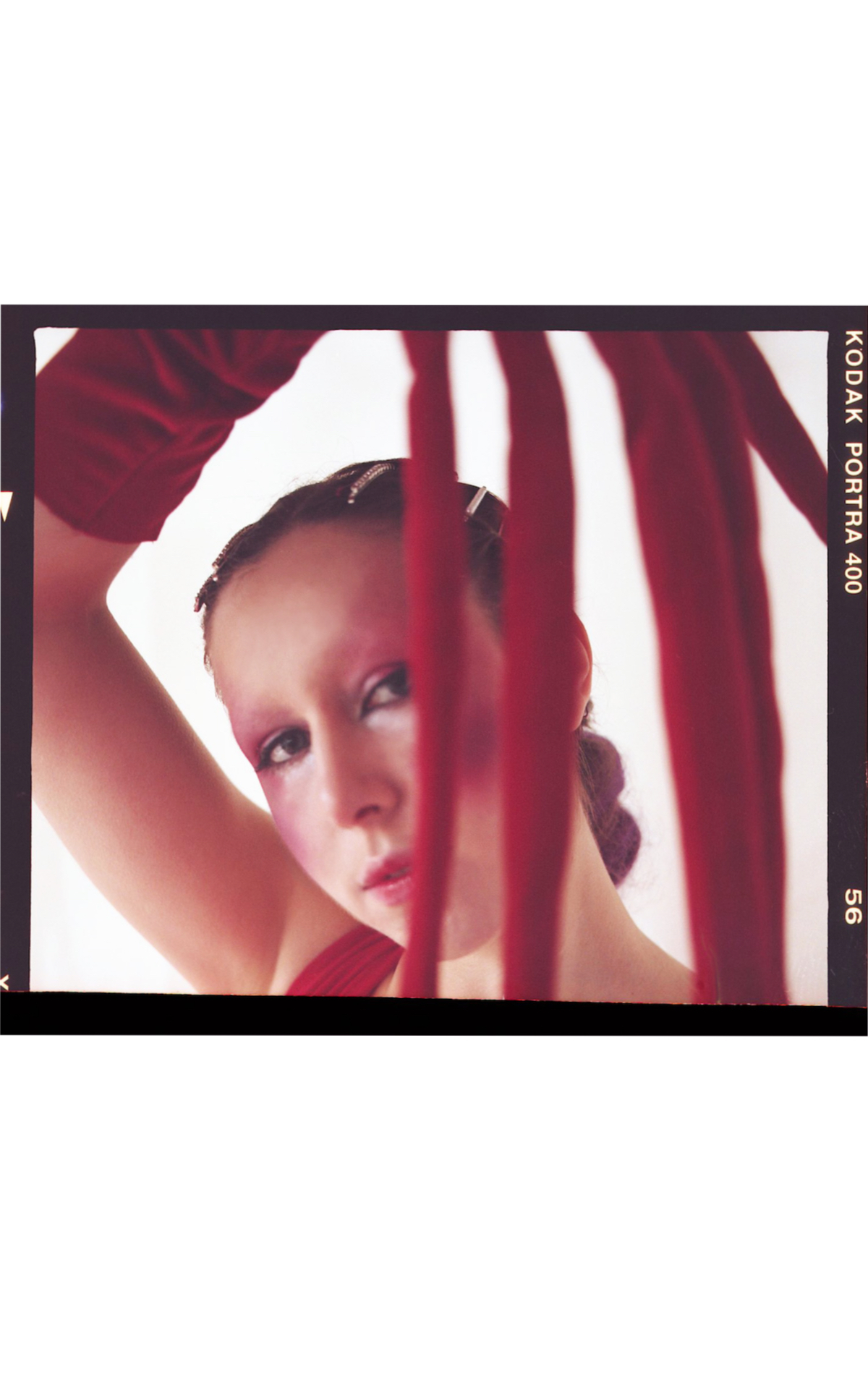
Do you feel like you’ve been able to garner more openness towards yourself through the process of drag?
It was this huge confidence boost for me. Drag is so addictive because you get so used to all this makeup and clothing, and I have no desire to ever take those things off. I entered into drag because I had this love of intense femininity and dressing up, and I felt like I wasn’t getting that every day as a girl. That was just because I was young and didn’t know I could look however I wanted. Drag was the answer to this search for more femininity, and weird femininity. And when I started getting comfortable with drag, I realized I could incorporate it into my everyday life. Who cares what people think? Why don’t I just look the way I want all the time? Who cares if people stare at me and ask a lot of questions and take my picture on the subway? I don’t—not anymore.
And it’s interesting because part of the idea of this glossy magazine version of femininity is that you’re supposed to be modest and care about those things.
Femininity is either hyper-sexualized or hyper-infantilized, and it’s so ridiculous. You can be hyper-feminine and not be sexualized, or you can be hyper-feminine and not wanting to be a child. I think the more women and people who exist in the world being hyper-femme, the more [we] can teach people and girls that there’s nothing shameful, sexual or childish about femininity, or being a woman. It’s important if you’re someone who looks weird to be proud of it and out in the world.
Is there one person you always dream of wearing your designs?
Lynn Yaeger. I love her.
When you’re designing outside of drag is your approach different from when you’re designing your drag looks?
Definitely. Drag is like a costume. When I design more in terms of fashion, it’s more for—I don’t want to say practicality because I think practicality is silly. In nightlife, it’s fine to wear a sheer corset, but I wouldn’t be on the New York City subway in one. So, for me, making clothing people can actually wear is important. With drag, I can be uncomfortable for a couple of hours, and be over the top, but designing for real women—creating things that will flatter multiple body types—that’s so important to me. My drag is incredibly personal, whereas when I design for fashion, I’m thinking of a much wider range of people, and bodies, and circumstances.
Follow @officebeautynyc for more on our favorite club kids, models, makeup artists and product reviews from our office Beauty Committee.
